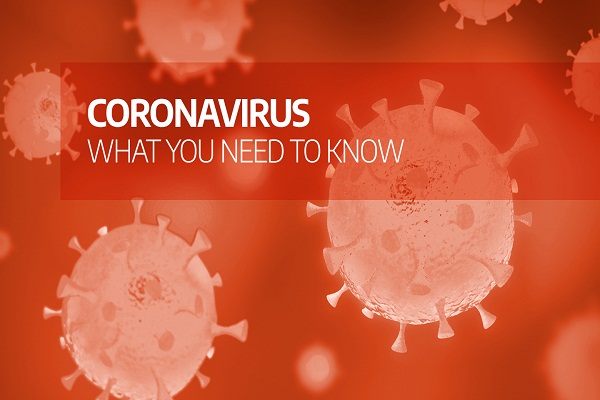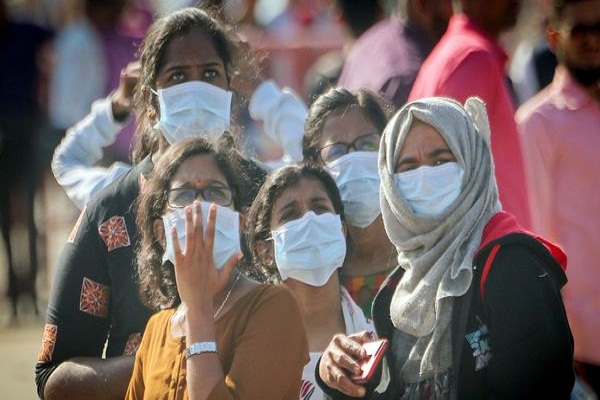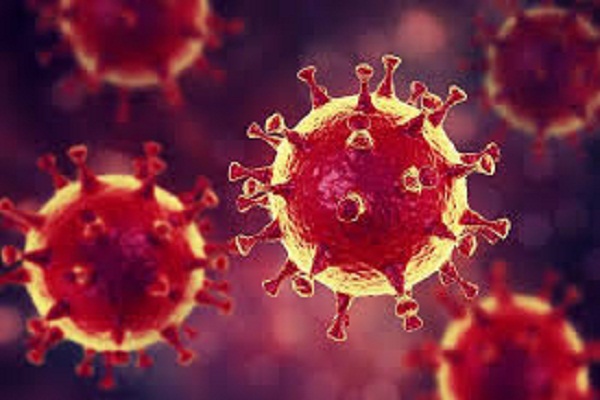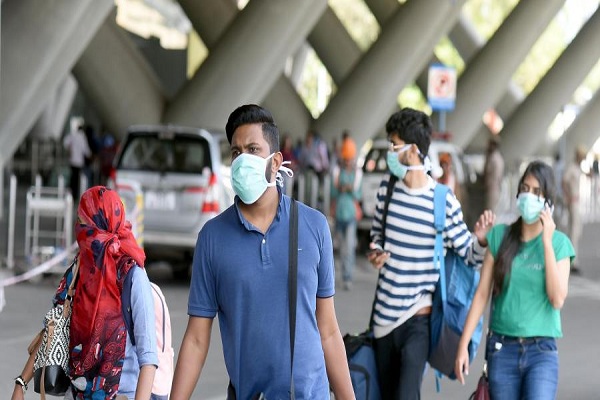
Air pollution is defined as any substance in the air that may harm humans, animals, vegetation, or materials. Pollutants come from various sources. Common pollutant gases include sulfur oxides, nitrogen oxides,volatile organic compounds), and carbon monoxide. Besides, there could be more than a thousand toxic molecules in the polluted environment.
Air pollution poses a huge environmental risk to health. Outdoor fine particulate matter with an aerodynamic diameter < 2.5 mm exposure is the fifth leading risk factor for death in the world, accounting for 4.2 million deaths and more than 103 million disability-adjusted life years lost as per the Global Burden of Disease Report. The World Health Organization attributes 3.8 million additional deaths to indoor air pollution. Air pollution can harm extremely, usuallyrevealed by respiratory or cardiac symptoms, as well as chronically, potentially affecting every organ in the body. It can complicate,cause, or exacerbate many adverse health conditions. Pollutant toxicitymay directly affect tissue damage as fine and ultrafine particles can gain access to organs, or indirectly through systemic inflammatory processes.

The respiratory tract is the main organ affected by air pollution Ambient air pollution is estimated to cause the death of > 800,000 persons from chronic obstructive lung disease and 280,000 persons from lung cancer. The lung faces the damaging effects of filtering particulate matter and accumulation of “soot” in the lungs if the clearance mechanisms cannot handle the load. The sheer volume of PM may overwhelm of the protective function of defending cells, the macrophages and the lymphatic system, leaving deposits of material centered around the smallest airways. The particulate burden may lead to chronic focal inflammation and fibrosis, and could predispose to development of lung cancer.
Outdoor air pollution has been classified as carcinogenic to humans by the International Agency or Research on Cancer based on evidence from epidemiologic and animal studies and mechanistic data. Many studies have shown an association between exposure to PM2.5 and particulate matter with an aerodynamic diameter < 10 mm (PM10) and risk of lung cancer. In addition, NO2 and ozone (O3) levels have been experimentally linked to cellular changes related to neoplasia: altered telomere length, expression of genes involved in DNA damage and repair, inflammation, immune and oxidative stress response.
Air pollution affects people of all ages, and social groups, it is likely to cause greater illness to those who have heavy exposure and greater susceptibility. People are more vulnerable to air pollution if they have other illnesses. Harmful effects can occur on a continuum of dosage and even at the levels of low air quality standards which were previously considered to be safe.

(Disclaimer: The writer is Dr Manoj K Goel, Director & Head, Pulmonology, Critical Care & Sleep Medicine, FortisMemorial Research Institute, Gurugram. Views expressed are a personal opinion.)
Be a part of Elets Collaborative Initiatives. Join Us for Upcoming Events and explore business opportunities. Like us on Facebook , connect with us on LinkedIn and follow us on Twitter , Instagram.












